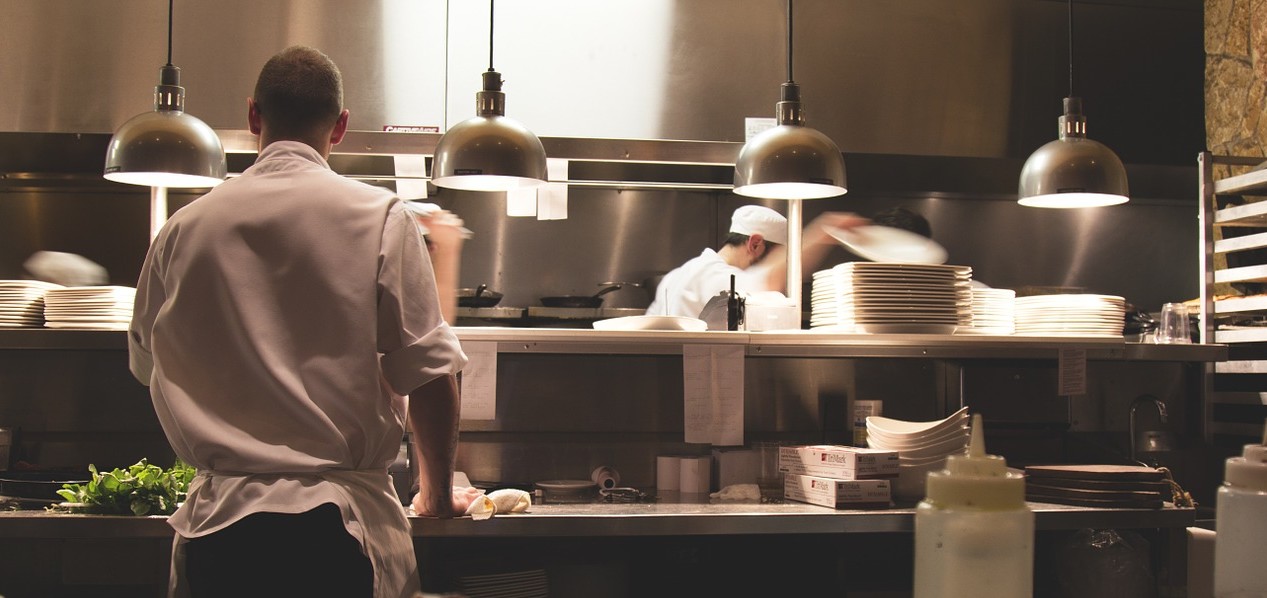
If you ask most restaurant managers and owners what their top ongoing concern is, you’ll usually get the same one-word answer: labor.
Food and labor present the largest opportunities for saving money and cutting costs in the restaurant business. About two-thirds of restaurant operations costs go to these two components, regardless of service or price level, according to an Operations Report by the National Restaurant Association. And while food costs have some built-in price controls, the cost of labor is set both by the government (through minimum wage laws) and the fickle laws of supply and demand.
In Part 1 of this post, the Restaurant Technology Guys offered some recommendations and best practices to ensure that the food side of your business is as cost-effective as possible. Today we’ll do the same for the labor component.
Saving Money & Cutting Costs Part 2: Labor
1) Establish a Baseline
The best way to start saving money on labor is to examine your current labor allocations based on your restaurant’s actual needs, and build a plan from there. By focusing on improving productivity, rather than cutting hours or wages, your team can become an ally in saving money and cutting costs, rather than an obstacle.
Discovering exactly how much labor is necessary to function, as well as when extra help is necessary, is crucial to using employee time more effectively. Restaurant-Hospitality.com suggests establishing how long it takes to complete tasks, how those tasks are affected by service levels, and creating a schedule that allows employees to be effective and productive without being overwhelmed.
2) Automate Your Schedules…
 The days of writing out names on a schedule for next week’s hours are long gone. The benefits of automated scheduling have never been more apparent, and continue to grow as technology advances.
The days of writing out names on a schedule for next week’s hours are long gone. The benefits of automated scheduling have never been more apparent, and continue to grow as technology advances.
POSitouch, a labor management program from Custom Business Solutions, offers two types of scheduling that factor in your restaurant’s needs. One is a budget-based scheduler, based on labor cost dollar and percentage targets; the other is a forecast-based scheduler that uses historical data and staffing guides to provide scheduling targets.
Another popular workforce management program is PeopleMatter, a cloud-based system endorsed by the National Association of Restaurants that is currently in place at more than 30,000 restaurants.
3) …But Keep a Personal Touch
Implementing an automated scheduling program can help make labor management more efficient, but it’s important not to lose sight of the personal aspects of workforce scheduling. Inconsistent and constantly shifting hours are often cited as a top reason that employees leave their jobs. Communication between managers and employees, specifically learning about each employee’s scheduling needs and preferences, can go a long way toward retaining employees and reducing turnover.
QSR Magazine has more suggestions for keeping employees happy while saving on labor costs:
Make a formal on-call rotation schedule. This can create peace of mind for both managers who often need an extra hand, as well as employees who want to have confidence in their work schedule.
Make it easy for employees to adjust working hours. At some locations, this might be a bulletin board for individuals to post requests for extra hours or shift coverage. In the right cloud-based management system, employees can pick up hours or switch shifts with the click of a mouse. (These exchanges will need to be approved by a manager, but the cloud should make that easy too.)
Cross-train staff to perform more than one function. If your wait staff can help with inventory, or cooks can take food out on delivery runs, soft spots in the schedule can be “recycled” by moving staff to other tasks.
Post schedules as far in advance as possible. As mentioned above, employees want to be able to feel confident in their work schedule and plan their lives accordingly. While some volatility is always included in the restaurant business, telling your employees when their hours are as much in advance as possible is a real benefit that they will appreciate. Once again, communication is key.
Saving Money & Cutting Costs Part 2: Labor | Restaurant Technology Guys
What are you doing to save money and cut labor costs in your restaurant? Let us know in the comments below!
